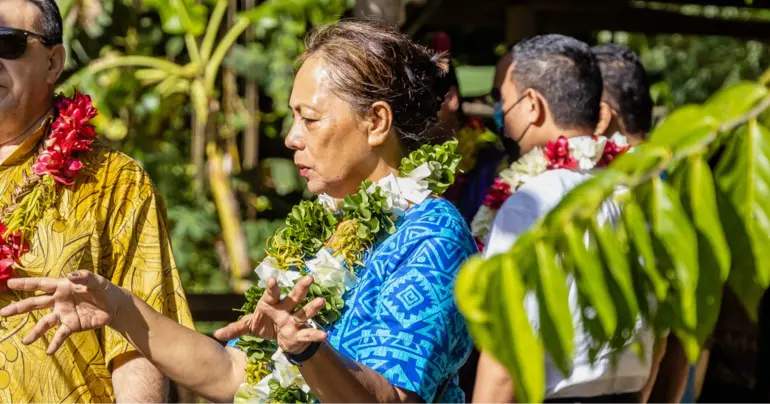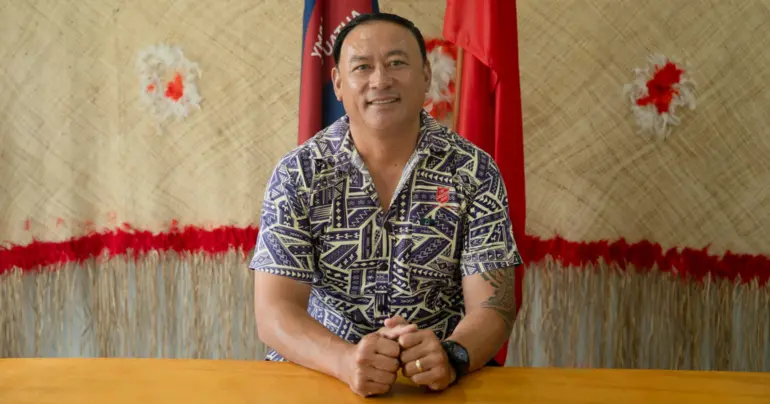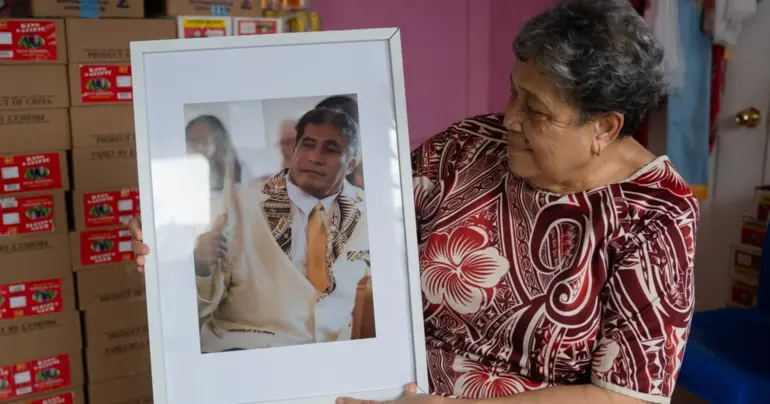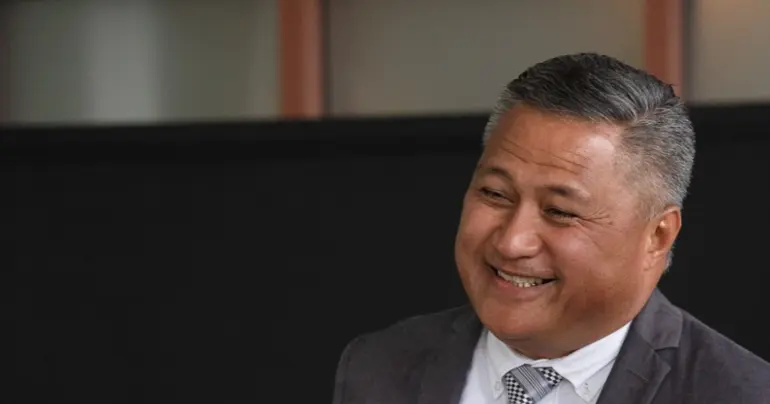Could the world’s 50,000 cargo ships help avoid death during a tsunami?
 By Sapeer Mayron
•
11 September 2019, 5:00PM
By Sapeer Mayron
•
11 September 2019, 5:00PM
The world’s 50,000 strong cargo shipping fleet could be armed to warn against tsunamis, and several companies are already signing up to help.
With high quality global positioning systems and regular feedback to the shore, irregular waves as small as 10 or 20 centimetres high could boost early warning systems and save tens of thousands of lives.
Professor James Foster, associate researcher at the University of Hawaii discovered this in the way much good science happens: by accident.
In February 2010, having recently decked out the University’s research vessel with new equipment, the ship was en route to Guam when an 8.8 magnitude earthquake rocked Chile for three minutes.
“So our ship was out and we made sure everything was switched on, so we were able to collect some high grade data from our GPS system whilst the tsunami rolled passed the ship,” Dr. Foster said.
At first, he admitted he did not have high expectations of what the data would reveal. In the open ocean, tsunamis make very little impact, and only become massive waves at the coastline.
“But when the data came back and I compared it with the predictions from the tsunami model it matched up just beautifully,” he said.
Waves of even 10 centimetres were meaningfully distinguishable from the normal rocking of the boat, and clearly indicated there was a tsunami passing beneath, which reached south-central Chile and devastated several towns, and caused damage in California and Japan.
Today, tsunami warnings are issued when large earthquakes which cause tsunamis happen. Dr. Foster’s idea can help verify if a tsunami will actually come if a cargo ship happens to be sitting right where the earthquake happens.
“But there is actually a good chance of that if we are able to equip most of the cargo ships in the world with this sort of system, which tend to be travelling through those sorts of areas all the time,” he said.
“Otherwise, they will know there is a large earthquake but there is still some uncertainty as to whether it has actually created a dangerous tsunami or not.”
The process works using three dimensional precise positioning, taken as often as possible from the ship out at sea.
If an earthquake occurs, the ships near that location begin sending their position to early warning centres who can measure the height of the waves to look for those 10 centimetre plus waves that signal a tsunami.
This process basically happens in real time, Dr. Foster said. The only wait is how long the waves take to pass beneath the ship, which can take anywhere between 10 and 30 minutes.
“So it takes a little while for the sea level under the ship to rise as the tsunami comes past.
“It takes maybe ten minutes before the ship has risen to the high point and you can use that information as your warning.”
Today, all ships already transmit their location to ports four times a day, as required by law. It costs them 25 cents every time, so enough transmissions to catch a tsunami would be expensive.
Dr. Foster said there are ways around that, like only asking for data every minute when the earthquake strikes, and from the ships in its location. And international funding may well be targeted to pay for this essential service.
“Over the long term, the impact of sea level rise will become worse because if the base sea level is higher a tsunami can be more destructive.
“I don’t know whether the way those systems are currently worded would strictly apply right now but I would think there would be a good argument that funding could be used.”
The work could cost thousands of dollars, but against the scale of potential economic disaster a tsunami can case, it would be small fry, Dr. Foster said.
And satellite communications are getting cheaper, as technology improves, so the cost could drop in the years to come.
Dr. Foster has piloted his idea on 10 container ships owned by Maersk and Matson with funding from the United States government tsunami programme.
That three year pilot proved the concept is practical. Dr. Foster was compiling and analysing the data when Eric Roeder, a United Nations official working on disaster and climate risk reduction came across his work and decided to act.
Mr. Roeder put together a roundtable, which he ADJECTIVELY called Maritime Sector Strategies to Augment Tsunami Monitoring with Economic, Safety and Environmental Co-benefits, and gathered private and public sector in late August to discuss it.
That is where Dr. Foster met China Navigation Company’s Simon Bennett, the general manager of sustainable development, who did not hesitate before throwing his support behind the idea.
Mr. Bennett does not understand why any company would not participate.
“This is just an easy fit for us,” he said.
“You take a machine the size of my bag, you bolt it onto hand rail on the top deck called the monkey island, and then you just leave it and it blips away until the ship gets recycled.
“It doesn’t cost us anything, we are there, why would we not do it?”
Mr. Bennett said this new partnership between China Navigation and the University of Hawaii proves private sector need to be invited to the table to solve global problems.
He said the right people need to be in the room together.
“I know nothing about tsunamis,” he laughed. But China Navigation owns and operates 159 vessels, and works across 99 ports.
Reflecting on the failed Millennium Development Goals, he said: “absolutely bugger all happened because business wasn’t involved.
“They morphed them into the Sustainable Development Goals, and said you, business people and newspapers and Starbucks, can you be involved too? And then it begins to happen.”
The shipping industry has united around improving its practices in many ways, and even formed the Sustainable Shipping Initiative in 2011 to work towards a cleaner, safer industry by 2040.
Mr. Bennet said the 14 members each want to do their part, both to stay in business and to do better for the environment and the world’s people.
“I am not the only guy with a white hat out there,” he said.
“Every boat that comes in and out of Apia port will help you.”
Tags
 By Sapeer Mayron
•
11 September 2019, 5:00PM
By Sapeer Mayron
•
11 September 2019, 5:00PM











